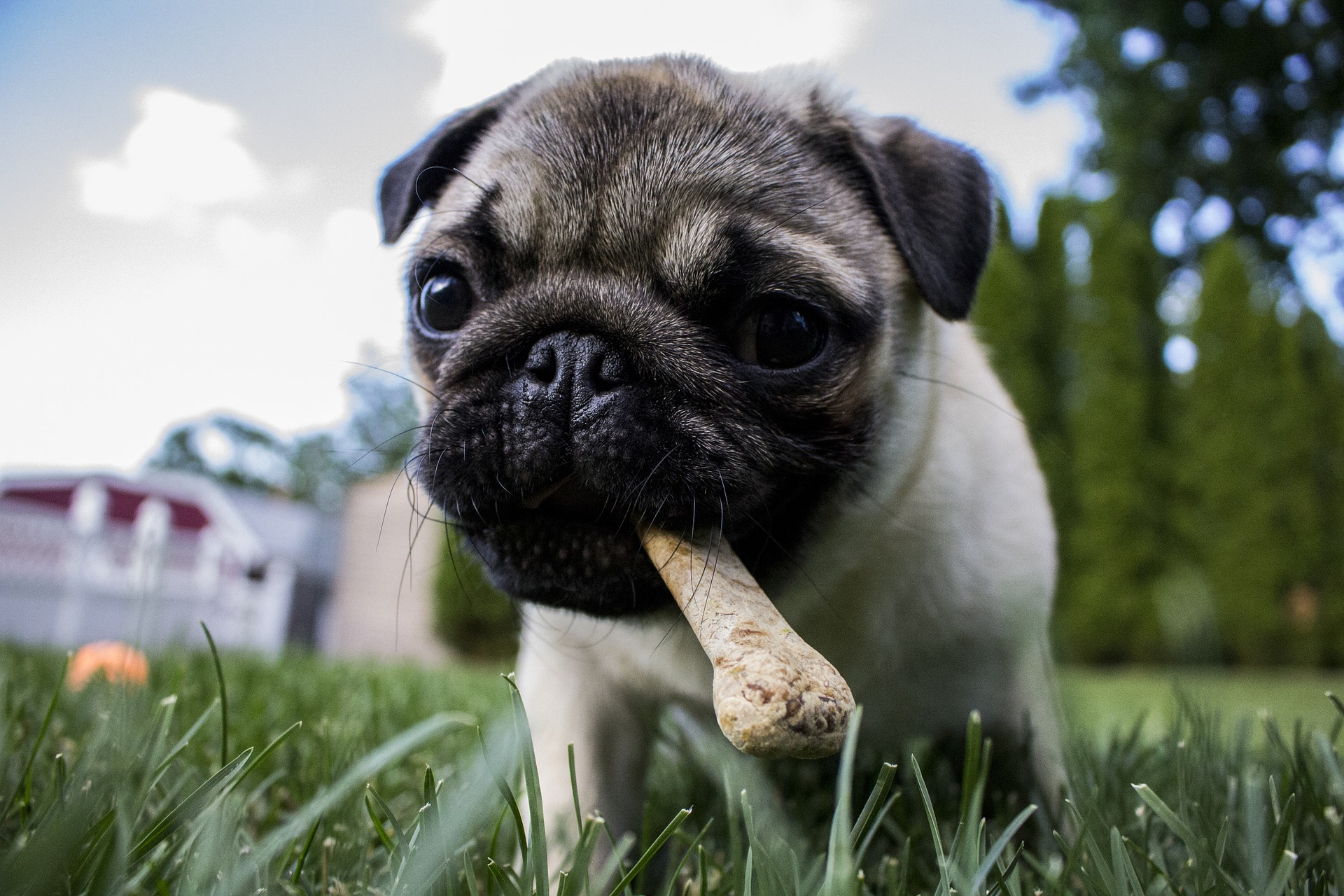
22 Mar Choosing Safe Chew Toys for Dogs
Tips From a Dog Teeth Dentist in Denver, Colorado
Chewing is a behavior in which all dogs engage. And it’s not just when they are eating that they like to chew. It is used in play, hunting, and eating. Did you know, dog dentition is shaped differently than our own? The majority of dog teeth are conical in shape with the exception of the back molar teeth. Additionally, dogs have 5-10 times less enamel than we have covering the surface of our teeth.
Consider the fact that even with more enamel, we can chip or break our teeth just by chewing on ice. Studies have shown that as many as 10% of dogs have at least one fractured tooth. This is important to keep in mind when choosing an appropriate chew toy for your furry canine friend.
Choosing Safe Chew Toys for Your Dog
A goal of commercial chew toys is to allow dogs to engage in natural chewing behavior. In the wild, dogs may chew on raw bones, which are softer and less brittle than cooked bones. Because of this natural behavior, many owners believe bones are good for their pet’s dental health.
Unfortunately, dogs in the wild do not live as long as our domesticated dogs. This is often due to predation, injury, and infectious disease. Another reason for this short life span can be due to dental trauma, especially to the strategically important canine (fang) and carnassial teeth. These traumas can occur from chewing on bones and antlers, among other hard objects.
When a wild canine, such as a wolf or coyote, breaks a tooth, it can significantly affect its ability to hunt and it may perish due to malnutrition. We can expect that when our dogs chew on antlers, bones, and thick rawhide chews, significant dental trauma will occur.
Sadly, there are many inappropriate chew toys marketed for dogs. Walking through the chew-toy aisle of a pet store makes many a veterinary dentist (and this dental resident) cringe with concern about the potential damage caused by well-intentioned owners falling prey to wide-spread and ill-informed marketing.
Some of the most cringe-worthy chew toys include rawhide bones, antlers, bully sticks, and knuckle bones. In my opinion, these companies might as well put the price of a root canal or extraction procedure next to the product!
Safe Dental Chew Guidelines
It can seem daunting trying to choose a chew toy for your pet with so many inappropriate options being marketed. So here are a few guidelines that should be followed when choosing a chew toy:
- The toy should be able to bend without breaking or splintering.
- A thumbnail can indent into the toy.
- You cannot pound a nail with the toy.
- The toy can be thrown at one’s kneecap without cringing.
Two great chew toy brands that I prefer are Tuffie Toys and Kong Company.
What About Tennis Balls and Soft Toys?
Though tennis balls are popular, carrying a tennis ball for prolonged periods of time can cause dental abrasion leading to worn down teeth. Tennis balls should be used in moderation.
Soft, fluffy toys are safe for teeth, but as with all chew toys, they should be supervised to ensure the pet does not swallow any part of the toy, especially that darn squeaker! Swallowing non-food items may lead to intestinal discomfort and possibly gastrointestinal blockage.
Veterinary Dentists You can Trust
Safe chew toys can be part of a daily oral care routine to enrich your dog’s life, in addition to maintaining a healthy oral cavity. Dog and cat oral health is our mission at Animal Dental Care & Oral Surgery. Please call to schedule an appointment to discuss your pet’s oral health needs and care: 719-536-9949.
Photo by Andrés Gómez on Unsplash (3/19/19)

